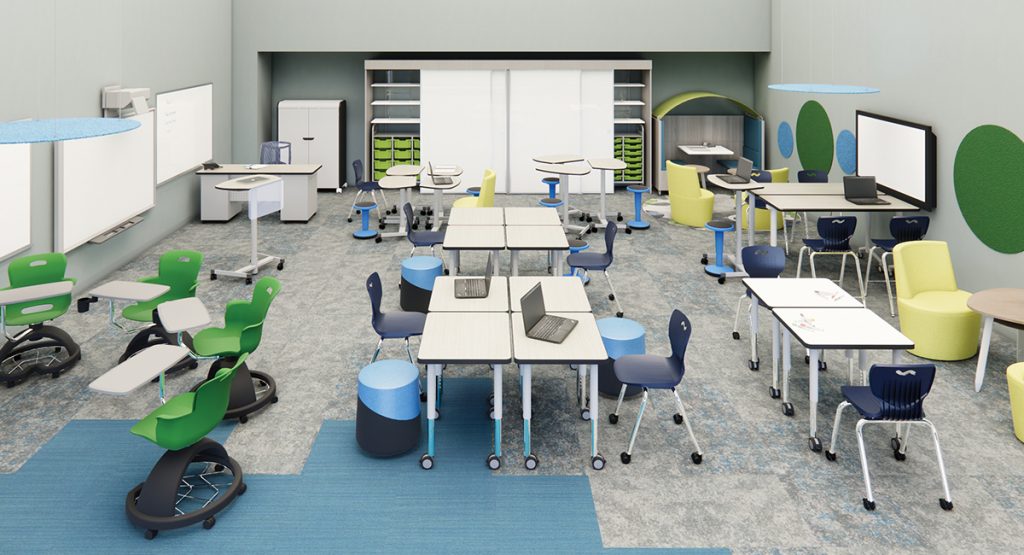Introduction
School chairs play a pivotal role in every learning environment, yet they’re often overlooked. Poor seating can lead to discomfort, poor posture, and decreased academic performance making the right school chairs essential for nurturing healthy, focused, and collaborative learners.
Why Ergonomic School Chairs Matter
Children spend hours seated during the school day. Non-ergonomic seating increases the risk of back and neck pain and strains muscle development. Ergonomic school chairs encourage proper posture by aligning the spine naturally, and feature cushioned seats and adjustable heights to reduce pressure and fatigue. Research shows that well-designed seating supports concentration students fidget less and stay mentally engaged.
Benefits for Academic Performance
When students sit comfortably and with proper support, their ability to focus improves. A padded, adjustable chair significantly boosts comfort and enhances learning performance when compared to rigid plastic alternatives. Ergonomic seating also fosters participation in collaborative activities thanks to swivel and mobile designs .
Key Features of Effective School Chairs
Adjustable Height and Seat Depth
Chairs should allow feet to rest flat on the floor with knees at a 90° angle, accommodating a diverse student population without forcing improper posture.
Lumbar Support and Cushioned Design
Backrests that follow the spine’s natural curve are crucial. Cushioning in the seat and back reduces fatigue during long classes .
Mobility and Flexibility
Caster wheels and swivel capabilities promote dynamic learning environments. These mobile features ease group work transitions and support reconfiguration of classroom layouts.
Durable Materials and Easy Maintenance
Sturdy steel frames and reinforced plastic seats ensure long-lasting durability, while breathable, easy-to-clean fabrics enhance hygiene and comfort. Active Sitting Options
Chairs encouraging controlled movement—like wobble stools or active-sitting designs—boost core stability, spinal health, and circulation while supporting focus.
Choosing the Right Chair for Your School
Tailor to Age and Size Variability
Anthropometric data shows one-size-fits-all chairs often mismatch the majority of student bodies. Offering adjustable options or multiple sizes ensures better fit and posture for all age groups.
Support Versatile Classroom Layouts
Movable and stackable chairs support reconfiguration—from group projects to seminars—enhancing learning flexibility .
Prioritize Comfort, Durability, and Value
Quality ergonomic chairs may be costlier upfront but reduce long-term costs by preventing strain, increasing engagement, and minimizing replacement needs.
Impact Beyond Comfort
Well-designed school chairs contribute to overall well-being. Flexible seating arrangements boost movement, reduce sedentary behavior, and support both physical and mental health. Dynamic furniture encourages student choice, autonomy, and reduces classroom anxiety.
Conclusion
Investing in ergonomic school chairs isn’t just about furniture—it’s about creating a healthier, more effective learning space. With adjustable features, lumbar support, mobility, and durability, the right school chairs can transform posture, performance, and classroom dynamics—making them a cornerstone of modern education design.
rgonomically designed seating not only supports healthy spinal alignment but also reduces fatigue, enabling students to stay focused for longer periods. In turn, improved comfort leads to greater engagement, fewer distractions, and a more positive learning environment. Additionally, flexible and adaptable chair designs can promote collaborative learning, accommodate diverse student needs, and align with evolving teaching methods. By investing in well-designed school chairs, educational institutions lay the foundation for both academic success and student well-being.
Read More From Techbullion



































